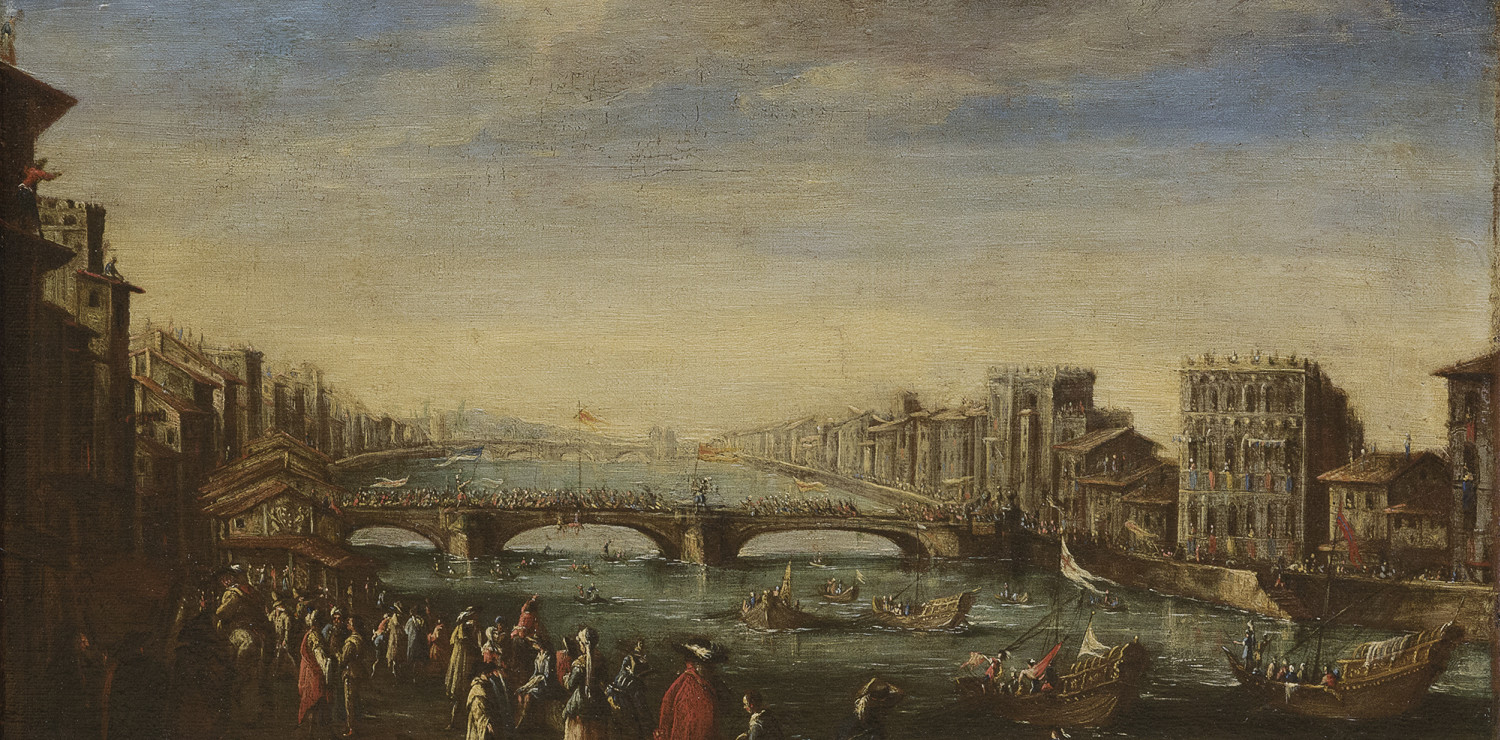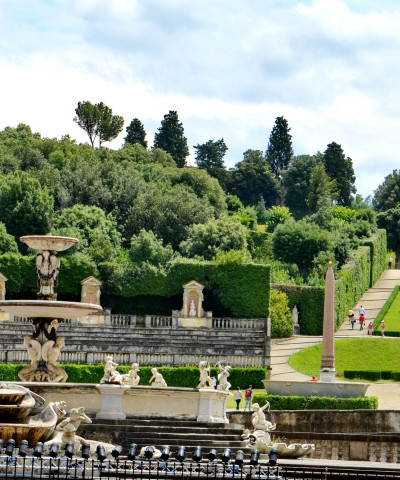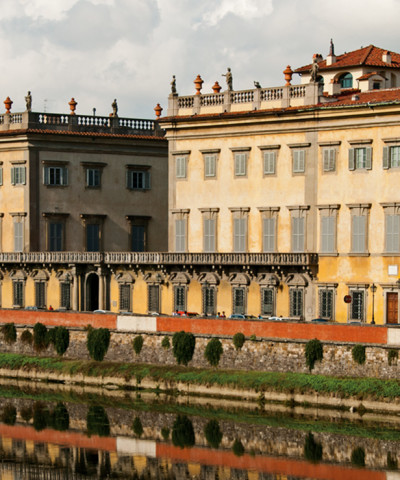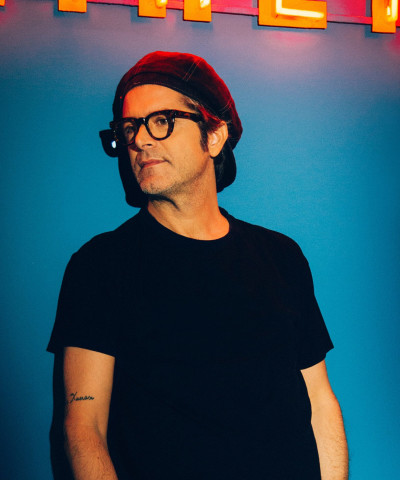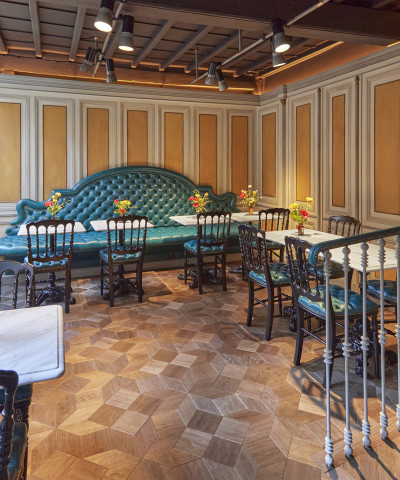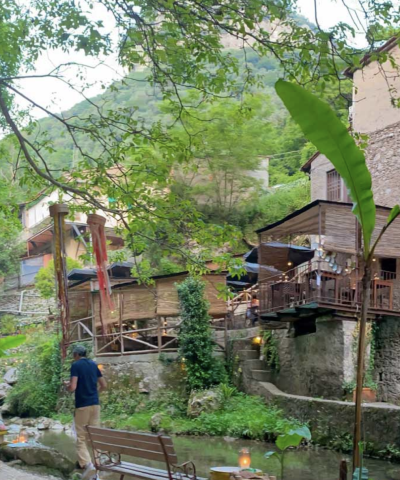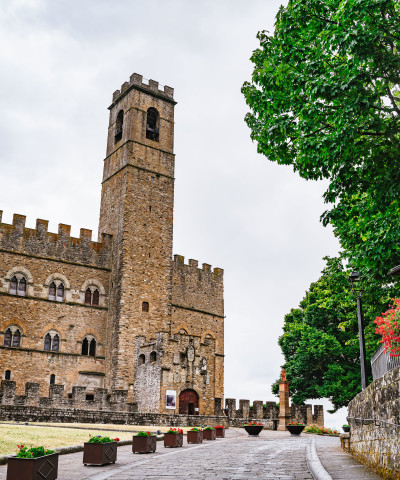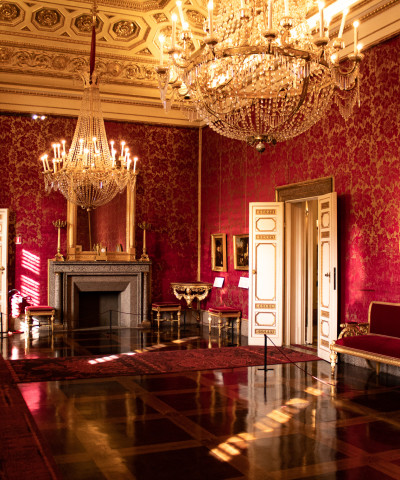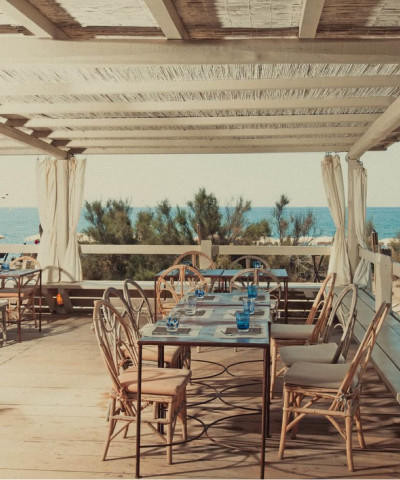Grand Tour
Eighteenth Century travellers who went crazy about Florence
While the central role of Tuscany, a magnet for travellers and flâneurs, only affirmed itself in the course of the Nineteenth Century, those who travelled down to Rome and Southern Italy almost inevitably crossed our region – and often stopped over.
Between the glorious late Baroque days and the advent of Enlightenment, the final destinations of European Grand Touristes and intellectuals may have been others, yet the Granducato would never be excluded from their planned itineraries, owing also to a growing interest in centres which had hitherto been considered of lesser importance.
It was, in fact, between the Seventeenth and the Eighteenth Century that Tuscany became a mandatory and privileged leg of a regular tour of the young lions of the nobility – French, German, and especially British – and of artists, scholars and men of letters. Soon a real craze exploded for this coming-of-age feat – an intellectual and social
experience internationally referred to as the ‘Grand Tour’ – which lasted from eighteen months to two years (at least during the age of Enlightenment; in the Nineteenth Century it would be shortened to 8-6 months): crowning humanistic studies, and recorded in numberless cahiers de voyage of varying merit, in paintings and portraits by specialised artists.
The term Grand Tour appeared for the first time in Englishman Richard Lassels’ “The Voyage of Italy”, printed in 1670. But let’s revert to Tuscany. To many Eighteenth Century Grand Touristes, worn out by their travels – usually Autumnal – through the Appennine range, Florence finally appeared like a mirage. While nightmarish, even disappointing for a few, the city revealed itself to most as an unrivalled wealth of artistic treasures: this was confirmed by Edward Gibbon, celebrated author of The Decline and Fall of the Roman Empire who, in 1764, sketched a perfect landscape itinerary of the places he visited.
He stayed in Florence for two months and then, on his journey towards Rome, he made sure he visited the most important Tuscan cities of those days, apart from
Florence, in this order: Pistoia, Lucca, Pisa, Leghorn and Siena. “The view from this tower (ed.: the bell tower of Santa Maria del Fiore) is undoubtedly superb.” – wrote Gibbon on the 23rd August of that year – “All the main edifices in Florence, the city walls, the mount of Fiesole, Prato, the course of the river Arno and the surrounding villages stand out with the clarity of a geographical map...”. There were even those who fell suddenly and whole-heartedly in love with Tuscany – as was the case of another Englishman, Tobias Smollett – who settled permanently in Leghorn: a port, inhabited by an affluent, emancipated merchant class, rich in trade and modern ideas, an extremely important Jewish centre and the seat of a large British colony. Another example was German Georg Christoph Martini, who spent two decades in Lucca.
And while there is no doubt that the road of the Grand Touristes made speedily for Rome, during the Eighteenth Century the Tuscan centres, steeped in art and history, became a fixture among the prescribed destinations. There were travellers such as Horace Walpole and Thomas Gray who only visited Siena because in happened to be on their way to the Urbe (Rome). Some, as was the case of the poet Joseph Addison, in 1703, or of Samuel Sharp, censured the enormous power of the clergy, and the great weight of the Inquisition. Others, such as John Boyle, reported picturesque and curious local customs: “An empty flask constantly hangs outside one of the windows of each large Florentine palace – Boyle wrote in 1754 – indicating that the owner sells wine. The Florentine nobility receives the produce of its lands in kind.” Foreign travellers arriving in Cortona between ‘700 and ’800 were highly motivated and sophisticated.
They ascended from the post station ofCamucia: eccentric aristocrats, scholars and lovers of archaeology. Pioneers who climbed there were attracted by Etruscan ruins and by the Accademia Etrusca, a first rate intellectual society founded in
1726 by a group of local patricians whose “Lucumoni” (presidents)
included, in turn, cardinals, erudite aristocrats and members of royal
families. Passing through Cortona in 1802, Joseph Forsyth, among the most capable drafters of guides on Italy, stated that he had seen, hanging in the halls of the Accademia Etrusca, the portrait of his fellow countryman Lord Cowper. George Nassau Clavering, Lord Cowper, was the Academy’s Lucumone between 1780 and 1781. Again
in Cortona, the beautiful Museo dell’Accademia Etrusca is home to a superb self-portrait, dating back to 1777, of the great British painter Johan Zoffany, who led a complex and adventurous life. Also his are two other magnificent self-portraits (in one of them he immortalised himself in the company of his favourite dog), which feature in the Uffizi in Florence, testifying to the artist’s six-year stay in Italy. In Florence, in 1722, Queen Charlotte of England commissioned Zoffany a masterpiece – which still belongs to the English royal collections – concluded only in 1777. It’s the celebrated painting of “La Tribuna degli Uffizi”, a work which encapsulates the entire cultural and symbolic importance of the Grand Tour phenomenon.






